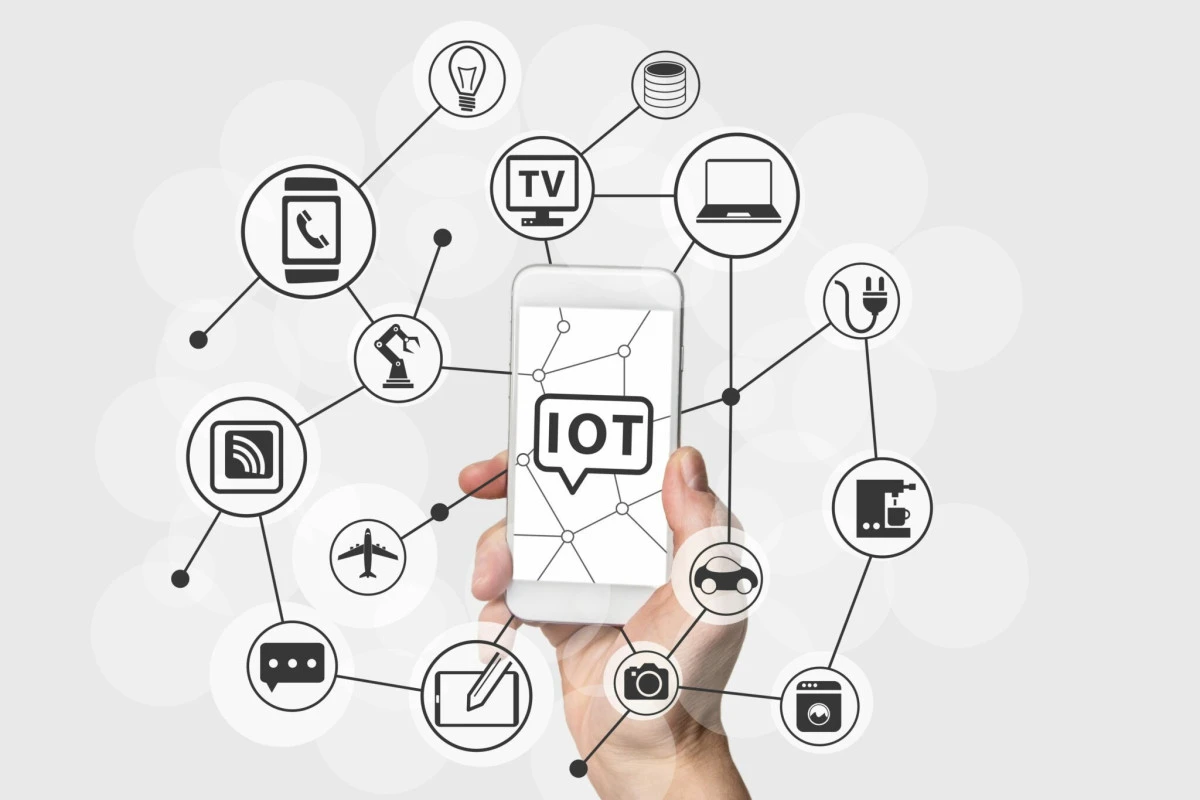Tomorrow's Market Belongs to Smart Manufacturers
by Jillian MacNulty | Last Updated: Oct 3, 2016
by Jillian MacNulty | Last Updated: Oct 3, 2016
 From the time they begin considering a purchase, users crave experiences that are (1) personalized; (2) deliver instant gratification; and (3) satisfy both physical and digital needs. It’s the big idea behind the Internet of Things, or IoT.
Sungevity, a California-based provider of solar panels for homes, gets this. David Edelman, a marketer writing for the Harvard Business Review, describes his first contact with Sungevity:
From the time they begin considering a purchase, users crave experiences that are (1) personalized; (2) deliver instant gratification; and (3) satisfy both physical and digital needs. It’s the big idea behind the Internet of Things, or IoT.
Sungevity, a California-based provider of solar panels for homes, gets this. David Edelman, a marketer writing for the Harvard Business Review, describes his first contact with Sungevity:
“The process began when [I] received a mailing with the message ‘Open this to find out how much the Edelman family can save on energy costs with solar panels.’ The letter contained a unique URL that led to a Google Earth image of [my] house with solar panels superimposed on the roof. The next click led to a page with custom calculations of energy savings… Another click connected [me] to a live sales rep looking at the same page…”From there, Edelman describes a series of automated follow-ups via email, custom landing pages, and tracking alerts for his order. “Sungevity makes the journey so compelling that once customers encounter it, many never even consider other competitors,” he wrote. Sungevity’s IoT investment paid off, doubling its sales in the past year and making it the fastest-growing player in its industry. Like Sungevity, more and more manufacturers are figuring out they can score quick wins with IoT by simply automating information and support via smart labels, for instance. From a tap on their smartphone, users can access a plethora of product and company info, including: